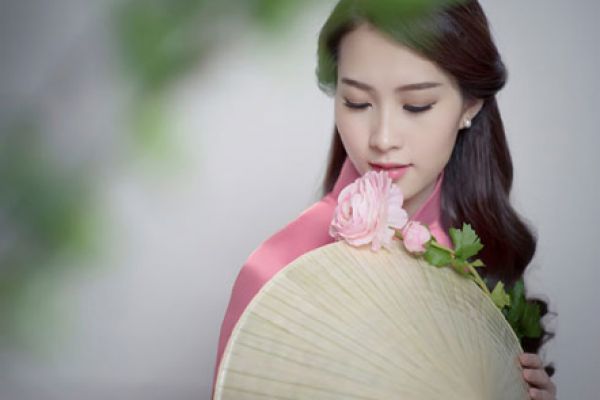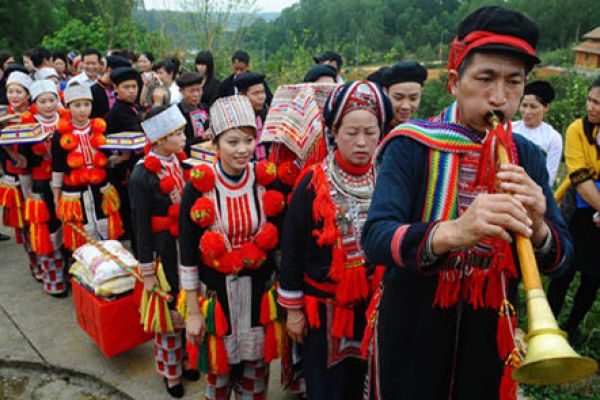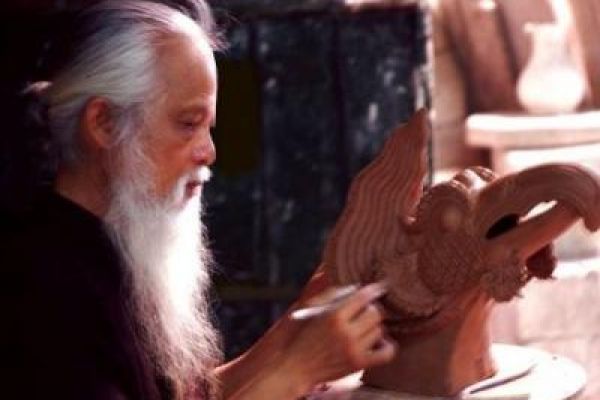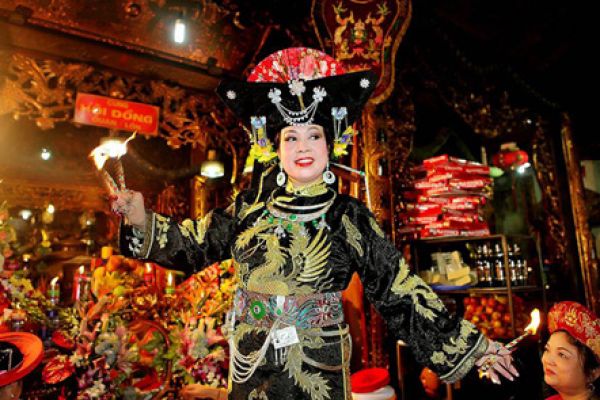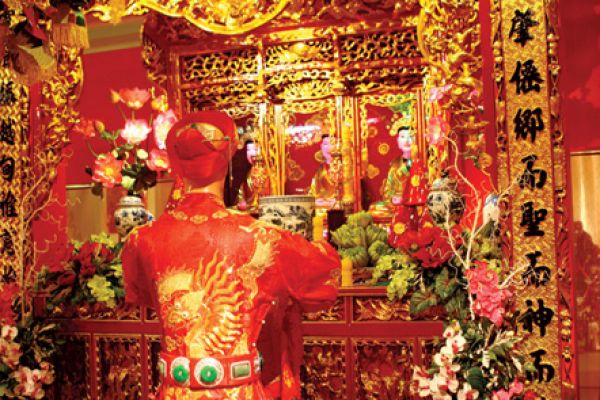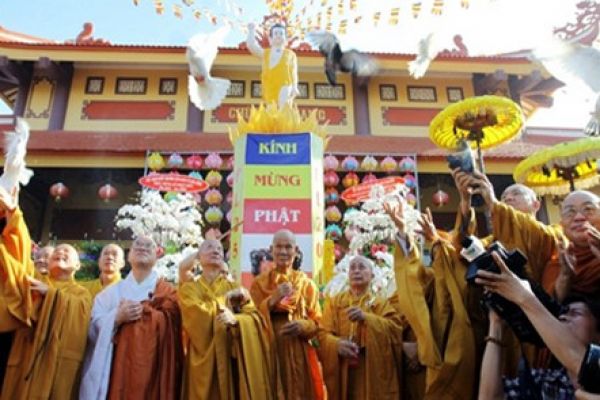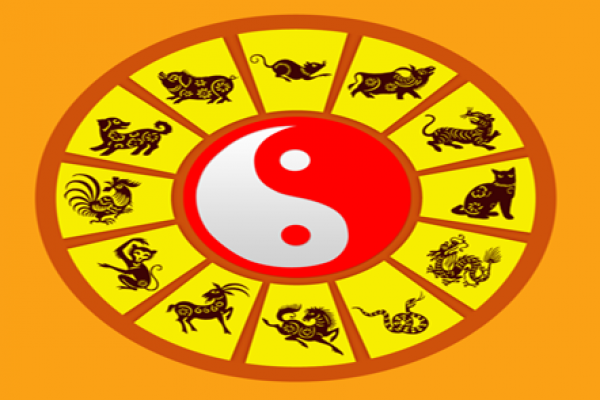The main groups in Cao Bang are Tay, Nung, Dao, San Chi, Kinh, Mong and Hoa of whom Tay ethnic group accounts for 42 percent, Nung ethnic group occupies 35 per cent, the rest are other groups such as Dao (9.8 per cent), H'mong (6.3 per cent), Kinh (5.5 per cent), etc. Each group enjoys their own typical, traditional heritages of culture.
These groups live in a community in different regions. Kinh people often live in town, where has favorable conditions for relations exchange and trade.
The Tay people occupy a great number in the province, mainly living in almost districts. They have long standing culture, their own writing ( Tay - Nung language group). The Tay's abundant culture is manifested in Sli luon singing, Then singing, Luon Sluong, Luon coi, Luon ngan, sluong dancing, Chau dancing, Dan tin (a musical instrument), Phuong ly. Tay man wore indigo-blue Ao dai, white trousers, turban with its point on the back, and fabric shoes. Tay woman rolled their hair and covered with a square scarf. They wore indigo-blue Ao dai, fastening buttons on the right, tying an indigo-blue string around their waist with 2 long ends. The indigo-blue fabric is woven and dyed by Tay people.
Nung ethnic people live together with Tay people in different geographical divisions. Nung group has many branches. Basing on clothes and language, Nung branches can be divided into Nung Inh, Nung An, Nung Loi, Nung Giang, etc. The Nung's clothes are more abundant depending on branches but the main characters are similar. Nung woman's clothes have big sleeves. Wristband and collar are decorated with colorful pieces of cloth. Nung group enjoys fan dancing, scarf dancing, two string violin, tintinnabulum, bronze shaken set, Da hai singing - an ancient classical drama, which was formed 300 years ago and has been restored nowadays.
Dao people are hard working, mainly distributed in low hill, mountainous regions. They are farming in fields and gardens and still have backward customs. Dao people's clothes are typical and diversified in forms. The typical Dao branches in Cao Bang are Dao tien and Dao do. Dao do woman wore very luxurious. On black fabric foundation, red pieces of clothes are embroidered or glued up. Ca pha scarf with 8 full spans of arm length is rolled around their head, like a hat brim. A band of pha xi fabric, which are embroidered vignettes by a red thread, rolls around their body. A xi lo chin meticulous embroidered belt with complicated patterns rolls around their waist, hanging down the back.
Lap of dress is decorated complicated. The dress comes down to their knee, and is low-necked. The sleeves are large, decorated on edges. Inside the dress, the woman wears a bright brassiere, hanging two strings of cotton balls (nom lang gau). Each string has eight cotton balls. Their trousers have big legs, and are decorated with green, or red, brown, white squares. They put a square piece of nom kie fabric on their back to show their decoration, embroidery talent. Dao people have Chuong dancing, drum dancing.
H'mong minority group stays in high mountains, remote areas, mainly in Bao Lac, Ba Be, Thong Nong, Ha Quang. They live nomadic, setting fire on mountain field for cultivation, mainly growing maize. H'mong people have umbrella dance, Khen dance, Khen la, Khen moi.
Hoa group lives in town. They have developed the economic standard.

